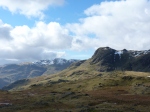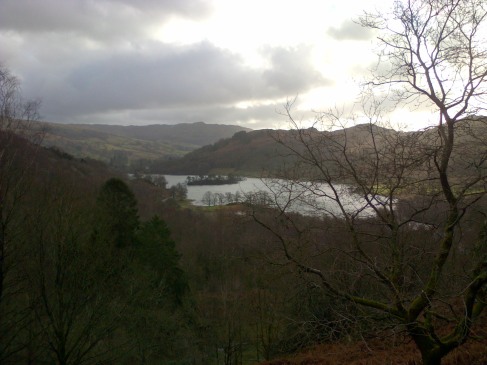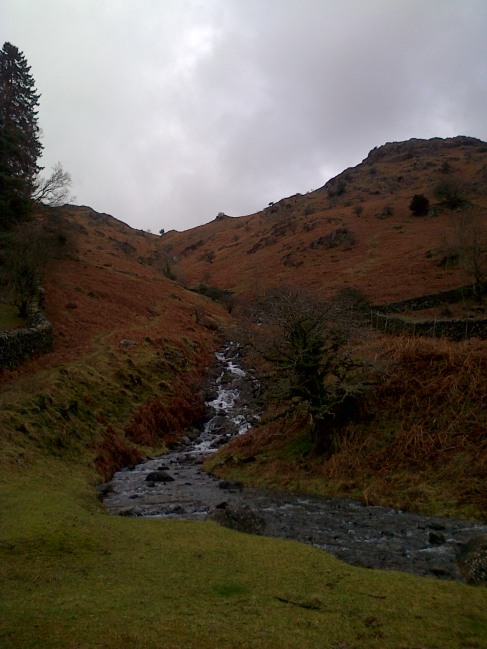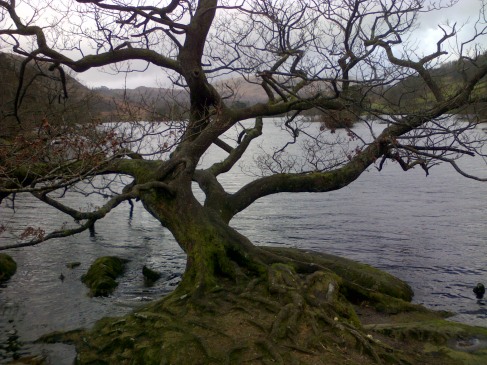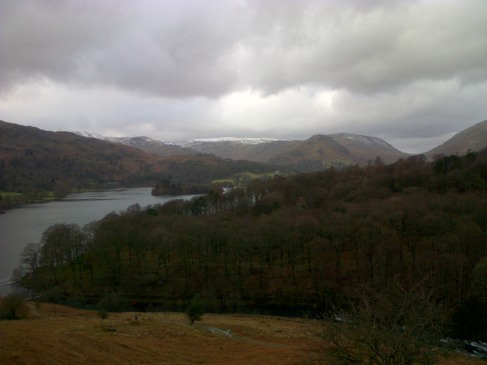24.9.2017
I don’t spend enough time outdoors these days, and I definitely don’t spend enough time writing. I’ve been in Warwickshire, walking intermittently, for nearly two and a half years, without really setting something down, beyond fragments in notebooks and half-started word documents. This doesn’t mean I haven’t been thinking about my walking, and my relationship with this place, and what that means for my relationship with places in general. I’ve tried several times to express my thoughts on being here and not quite teased them out. But let me try again.
I went out today and retraced much of a walk I did back in May, up near Henley-in-Arden. It’s early autumn and the colours are starting to come in; I’m keen to go out again in a couple of weeks and see how much more the yellows and reds and pinks and oranges have seeped into the countryside. Some trees are already blazing, putting all that green to shame. I should say right now, I fucking love autumn.
When I first did this walk, accompanied, we walked through thick oil-seed rape up to my neck. Nettles clustered around the gates and stiles. My legs were a litany of plant-inflicted damage, scratched and stung and blotched all the way to the tops of my thighs. These same fields today were cropped close, the walking easier, although I missed the wildflower meadows and the riotousness of life that comes with spring.
I walked for four hours and didn’t see a single other walker. Dozens of cyclists passed me on the lanes into Ullenhall. It is excellent cycling country. I don’t know if it’s excellent walking country. It’s hard, walking here, not like the Lakes, where there is always height to aim for, or avoid. I find Lake District walking much easier than Warwickshire walking. Mentally, I mean, because here I always have to keep an eye on the map, matching every fence and stream and lane to its symbol. I pay far more attention to the contour lines because I have to, because, really, one field looks much like another. And so, there is a certain satisfaction in successfully making it through this country. Is it more satisfying than the Lakes? How can I answer that?
Cut me open and you’ll find a map of the Lakes carved into my heart. It’s a love I’ve always known, bred in me from birth, through family allegiance, a love passed down as an heirloom. It’s a constant ache, an addiction that always needs feeding and every time I visit I want more. I miss the Lake District with my whole soul when I’m not there and when I am there I can never get enough. It’s a passion: wild, uncontrollable, ever changing, ever deepening, it’s Heathcliff and Cathy, except I’m Heathcliff, possessive, lustful and violently in love with a thing I can never quite grasp.
I had to learn to love Warwickshire, but love it I do, at least this little portion of South Warwickshire across which I wander. It’s a far quieter, gentler love, but equally complex. I get so much more disoriented here, more fearful of being physically lost (although why should I be scared?). Perhaps too that necessary dependence on the map means I can never quite lose myself mentally which is certainly something I like to do. Because, I suppose, I am still learning – gleaning; an apt word in this agricultural landscape. But that is what place is – a palimpsest of all the meanings that we bring to it – and it’s an idea I am fascinated by (witness what I wrote on leaving Grasmere).
My relationship with the Lakes is deeply and fully ‘big-R’ Romantic, because, hell, how could it not be? I don’t know an equivalent for how I feel about Warwickshire, but I’m sure I romanticise it. The national footpaths here are the Heart of England and Arden Ways overlaid on one another, and truly I feel this is the heart of England, feel close to an ancient history, a sense of the the land being worked and known and worked again. It has a strange, unnerving, sustaining power.
However I choose to define it, the truth, today, is this: when I start walking, the words come running.








